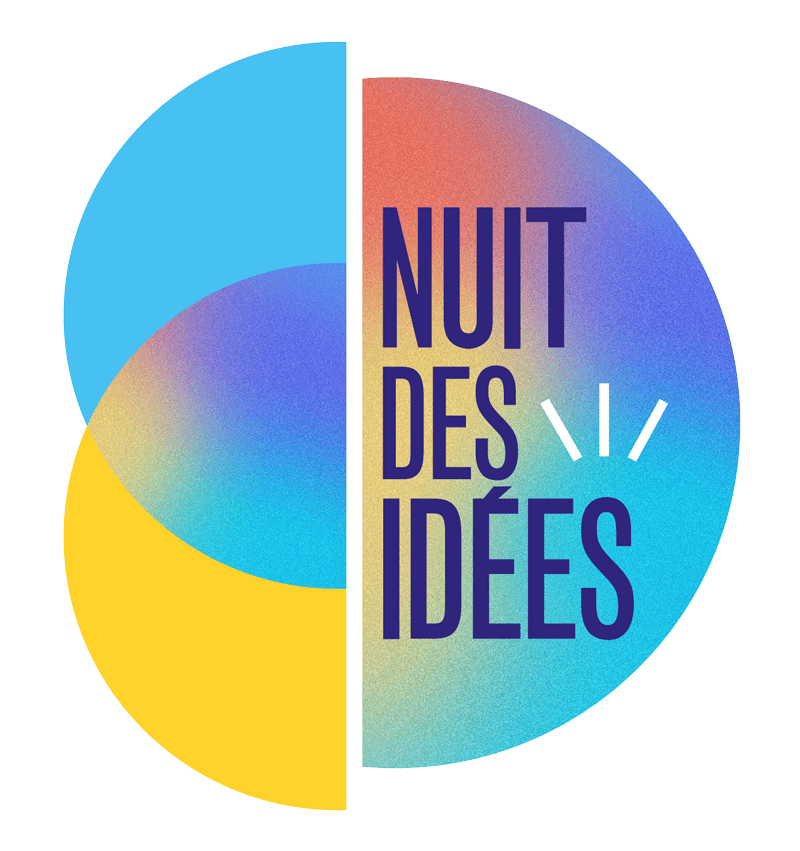Art in the present
ART IN THE PRESENT
Free admission (Registration required subject to availability).
For the 2019 edition of the Nuit des Idées, Sciences Po is focusing on art and artists who interpret the present in new ways. Three conversations will aim to identify the mutations of the production devices of works, the commitment of sponsors and the reasons for artists to act in the City. Introduction, from Ljubljana and Liège, by Bruno Latour, philosopher, Sciences Po and Vinciane Despret, philosopher, University of Liège.
PERMIT TO DO FOR A RIGHT TO EXPERIMENT
Patrick Bouchain, architect in dialogue with Eleftérios Kechagioglou, director of the World's Smallest Circus - former Sciences Po. How to involve local youth in the construction of a new high school and transform the construction site into a place of popular education? Can we imagine building social housing in a small village? Could we live and work there? And how can we make a school, transmit and generalize what has been experimented, what has been successful? The Proof by 7 approach is based on experimentation, and aims to provide a simultaneous response to all these questions. Proof by 7, an assembly of architectural and urban planning projects carried out at 7 territorial scales, aims to inscribe in reality what the law has until now considered as a simple "possibility": to experiment with new ways of building in order to make uses evolve; to put the building site to the test of an effective ecology, without concessions; to rediscover the political meaning of the act of building in the constitution of a common, material - the built, and immaterial - the shared experience and knowledge. Patrick Bouchain and Eleftérios Kechagioglou, the initiators of the approach, will explore and claim this right to experimentation.
ART IN COMMON
François Hers, artist, in dialogue with Estelle Zhong Mengual, art historian, Sciences Po. Art would be the business of artists. We would have no right to stay there, except as visitors, for a weekend. Such would be the distribution of roles, fixed once and for all. However, François Hers proposes another rule of the game, the Protocol of the New Sponsors. The roles change: citizens enter the art scene. They become sponsors of a particular kind: it is not a question of financing a work, but of formulating "a reason of being of art". Here, they are the teachers of a village who would like to make their school the crucible of a new life for the commune. There, it is the staff of a hospital who would like to offer families a dignified place to gather. The citizens become the starting point of the creation. It is in dialogue with them that the artist creates a work, specifically thought for the situation they encounter. The aim is to explore the artistic and political stakes of this new way of making art in common.
ART IS ALWAYS CHANGING
Daniel Buren, artist, in dialogue with Laurence Bertrand Dorléac, art historian, Sciences Po. Even if it means causing a scandal, Daniel Buren has changed sculpture in the public space from the 1960s to the present. He has brought us physically into the dance so that everyone can contribute to the work of art in permanent movement. Laurence Bertrand Dorléac will question him on the revolution he has wrought, and on the experience each time different from the commission, from the Deux Plateaux at the Palais-Royal (1986) to La Rotondo a la fuente in México (2018) passing by the Institut Régional des Sourds et Aveugles de Marseille (2000-2003) or the CHU de Purpan-Toulouse (2015).





